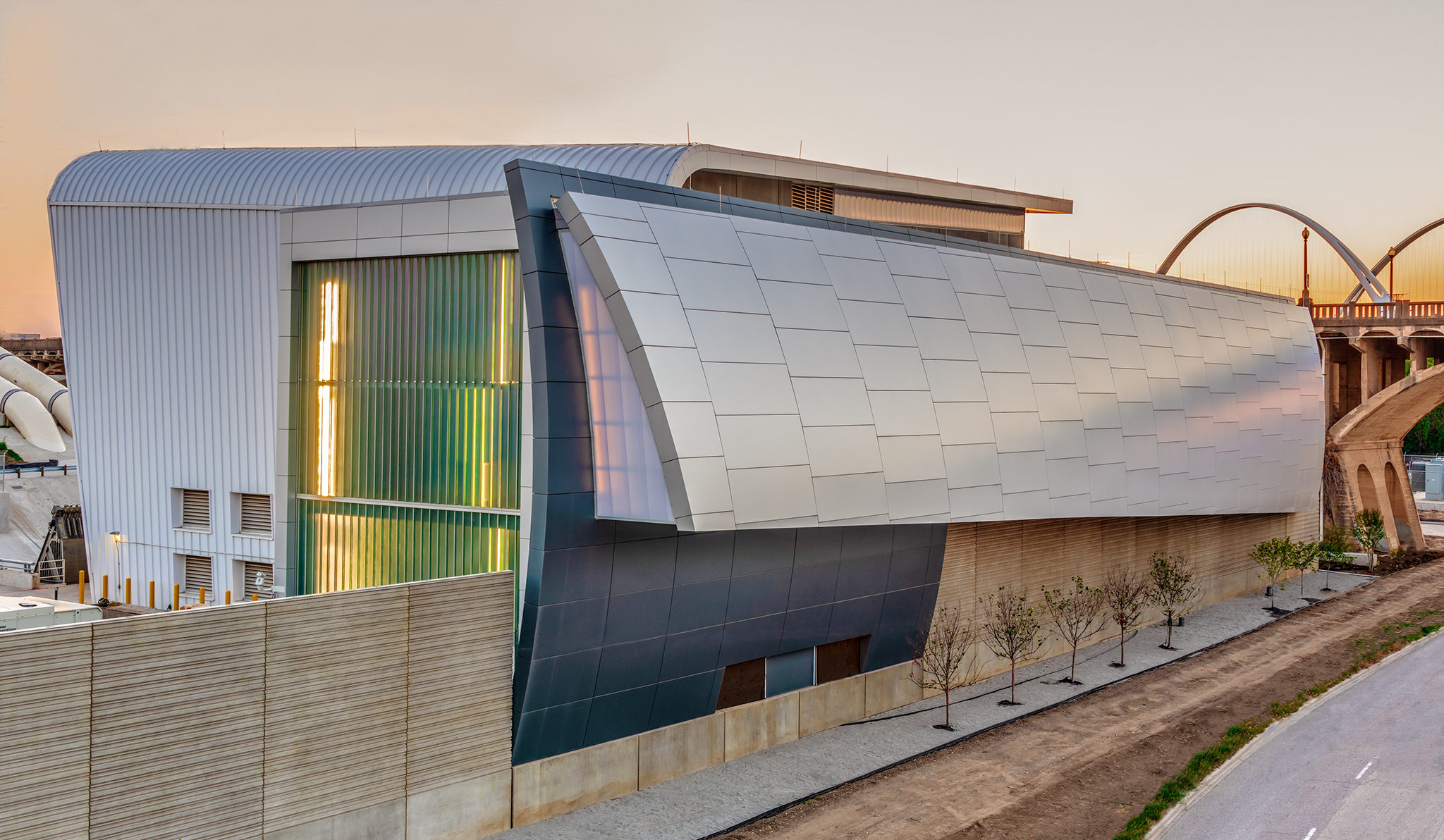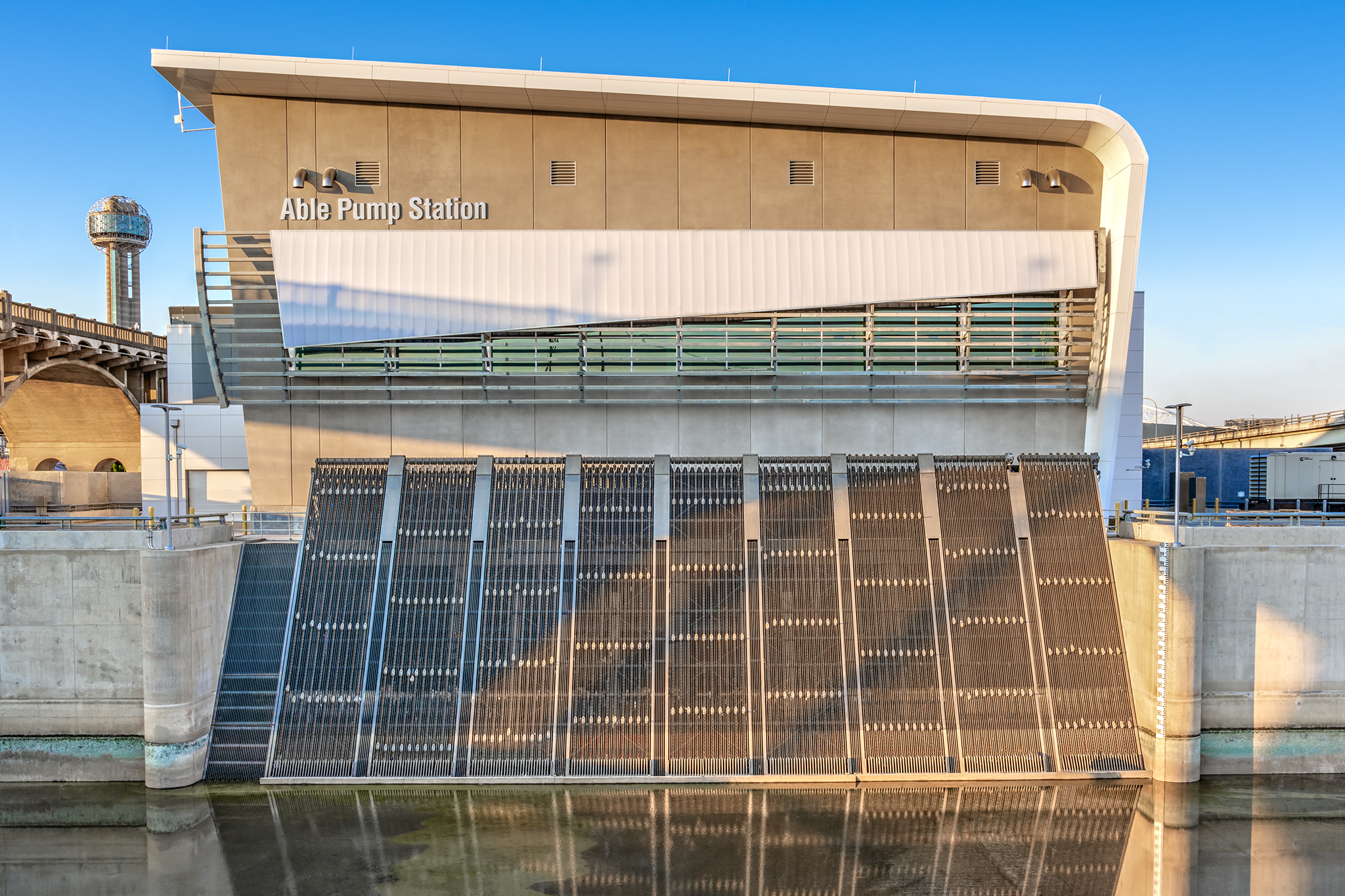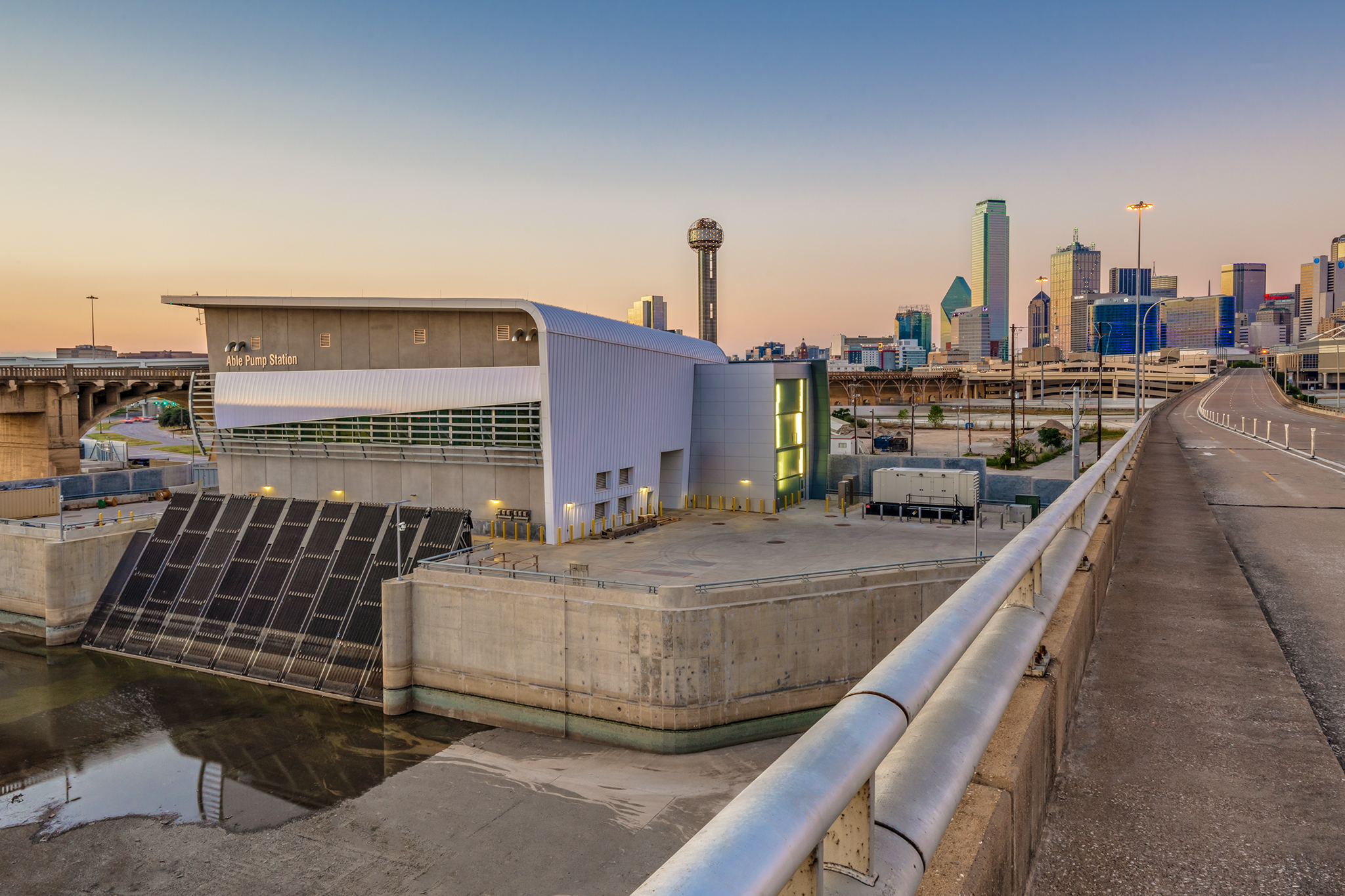When discussing green buildings, some misconceptions often deter clients from getting on board with sustainable design. These myths include high construction costs, cost-inefficiency over time, and idealistic design trends.
As our world becomes more complex, it is important to recognize the need for global progress in environmental protection. Architecture affects virtually every ecosystem on the planet, which is why sustainable design has such a powerful impact to preserve the environment.
So how do we grapple with the current state of our planet while keeping project costs and design practical? The answer might be simpler than you think.
As the LEED industry has matured, sustainable materials and technologies are becoming normalized and more accessible. The reality is, building green costs less in most cases, and the up-front costs are not hefty as believed. On top of that, energy and water reduction play a huge role in cost savings in the short and long term.
An in-depth study, Costing Green: A Comprehensive Cost Database and Budgeting Methodology, published in 2004 by Davis Langdon concludes there is no significant difference in the construction costs for LEED versus non-LEED buildings. Although there is no ‘one size fits all’ answer to the cost of sustainability, most of the buildings in the study were able to achieve LEED certification with little to no supplemental funding (0-2.5%).

View from Riverfront Blvd. The smooth metal exterior shell reflects the city skyline by night.
GSR Andrade’s Able Pump Station No. 3 exemplifies these findings. With a small increase in budget by 0.5%, Able Pump reached LEED Silver Certification. Its strongest sustainable attributes include water use reduction (40%), construction pollution prevention (97%), optimized energy performance, water eifficient landscaping, and use of recycled and regional materials.
Able Pump Station No. 3 serves as flood control for an area of 2,685 acres along the southernmost end of the Eastern Levee System near the Downtown Business District. Able has lowered the 100-year flood elevation by an average of 4 feet, and it includes 9 retention ponds.
The project has achieved an overall energy cost savings of nearly 30%. In terms of a 26,473 gross-square-foot pump station, the payback of energy modeling is very short-term. In the years to come, Able Pump’s sustainable design will save the City of Dallas millions of dollars.
The Levee-facing side of the building includes precast concrete walls and galvanized metal trellis work that accentuate the large debris collection screens.

A recent Green Design infographic notes that for each $4 investment per square-foot of a green building, property owners can save an average of $58 per square foot over 20 years. Reduced building costs combined with increased property values, decreased infrastructure strain, and tax benefits—a client can save some serious money.
Along with all the cost-saving benefits of sustainable design, the service to society remains the most important motivator. Clients who choose to invest in green buildings are directly improving health and productivity, and most importantly contributing to a better quality of life for their community.

View from Jefferson Blvd. Viaduct north toward Downtown.